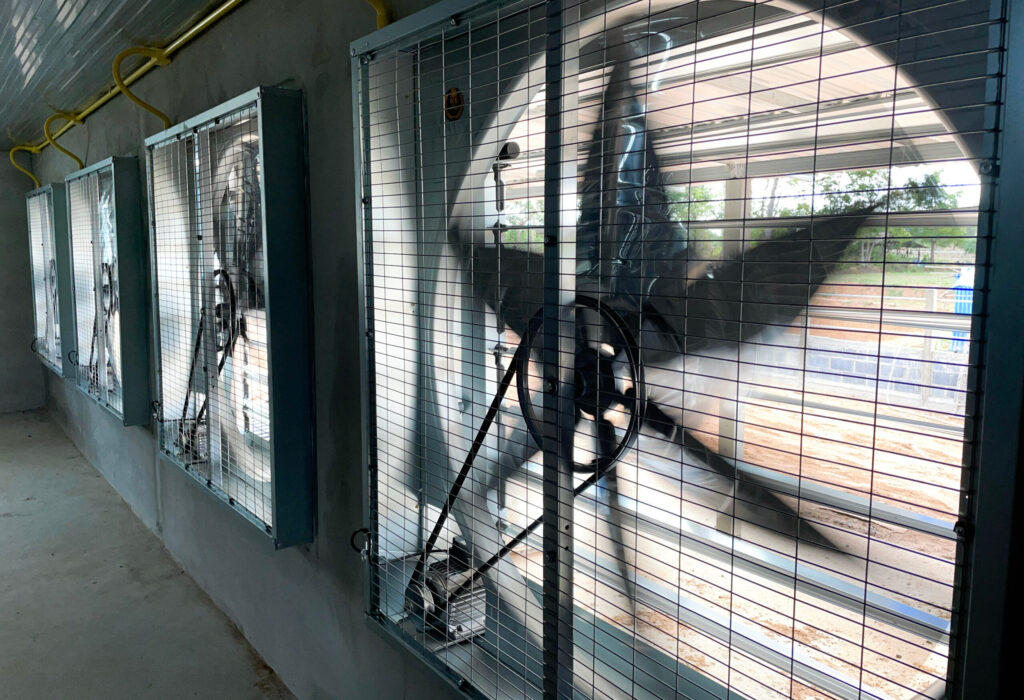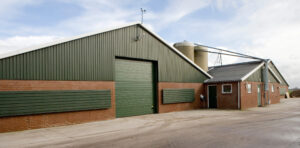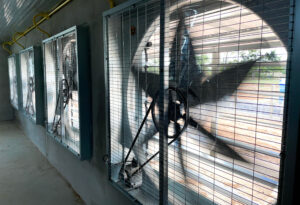A properly optimized ventilation system in dairy barns leads to better comfort for cows alongside increased farm operational effectiveness.
The operation of dairy barns depends on proper ventilation since it protects animal welfare while increasing farm productivity and controlling operational expenses. The proper flow of air serves to regulate temperature and manage humidity and gas removal which directly benefits both cow health and milk production.
Understanding Ventilation Needs
The ideal environment for dairy cows exists between 40°F and 70°F temperatures. High temperatures beyond this range create heat stress that decreases both feed consumption and milk production in cows. The lack of proper ventilation during cold months creates high humidity levels which result in respiratory problems for animals.
Ventilation Strategies
Building design features open sidewalls together with ridge vents work as natural ventilation methods to allow air to flow through the structure. The efficiency of this approach depends on how well external weather conditions support it since it remains the most cost-effective solution.
Mechanical Ventilation relies on fans and ducts to provide continuous airflow regardless of external weather factors. The method enables better barn environment control but requires higher installation expenses along with ongoing operational costs.
Hybrid Systems unite natural ventilation with mechanical methods to maximize airflow while minimizing energy consumption. The ventilation strategy includes natural airflow during mild conditions but adds fan-operated systems when weather becomes extreme.
Energy Considerations
Dairy farm ventilation systems use approximately 20–25% of the total energy resources on the farm. The combination of energy-efficient fans with proper maintenance activities decreases electricity consumption substantially. The efficiency of fan blades and shutters can increase by 40% when cleaned properly which results in major energy savings throughout the years.
Best Practices
The performance of fans together with inlets and outlets needs regular maintenance inspections and cleaning.
Environmental condition monitoring through sensors allows you to control ventilation by tracking temperature and humidity levels.
Barn structures need to be designed with airflow in mind so ventilation remains efficient while avoiding any ventilation-blocking obstructions.
Energy Audits: Periodically assess energy consumption to identify opportunities for efficiency improvements.
A successful dairy farm depends on having both proper ventilation design and regular system maintenance. Animal health and productivity benefits from this investment while energy efficiency and cost reductions become achievable outcomes.



